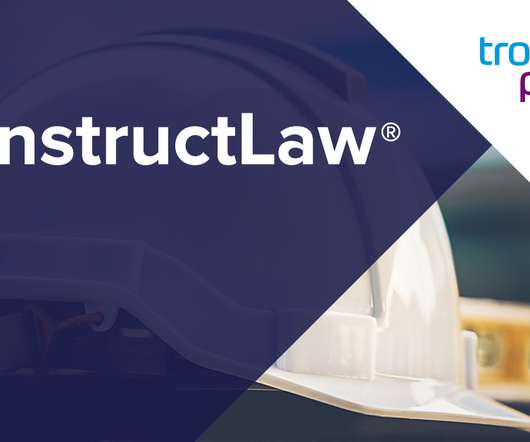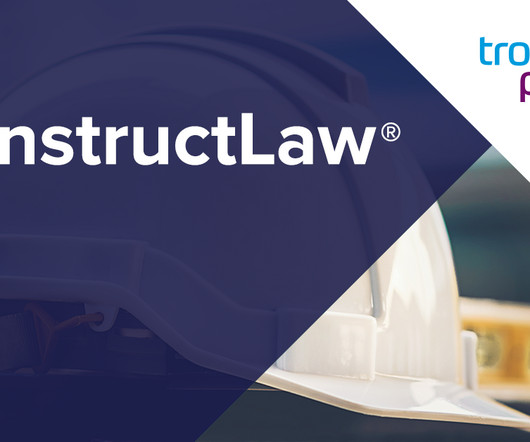Twists and Turbines — A New York Case Highlights an Owner’s Risk When Not Using Full-Wrap EPC Delivery
Constructlaw
NOVEMBER 22, 2022
The New York Supreme Court (New York’s trial court) dispatched all of the owner’s claims on summary judgment. The designer, which had specified the wrong type of turbine, invoked New York’s three-year statute of limitations to defeat the owner’s professional negligence claim. Click here to view full opinion as PDF.





























Let's personalize your content